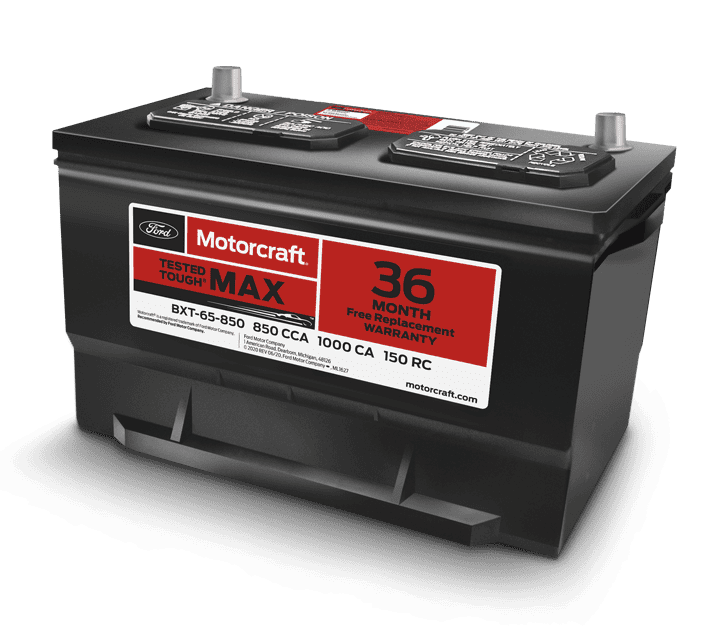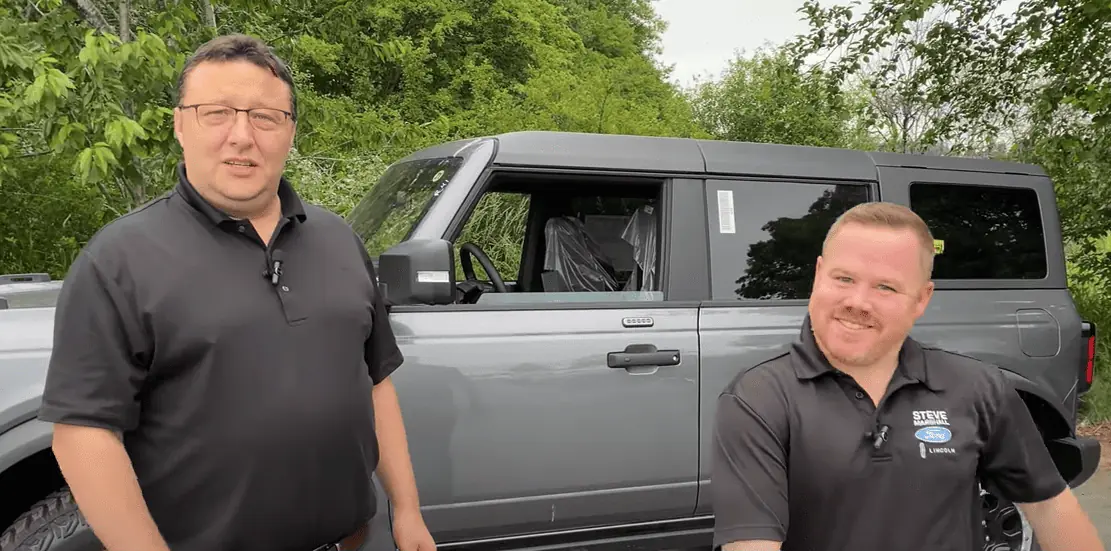Tire Top 10 Tricks and Tips
There is so much truth in that expression, “where the rubber meets the road.” It’s used where you want to say, this is what really matters and makes all the difference. When it comes to tires for your vehicle, there is nothing more that rings truer. Tires make all the difference in safety, wear and … Continued
There is so much truth in that expression, “where the rubber meets the road.” It’s used where you want to say, this is what really matters and makes all the difference. When it comes to tires for your vehicle, there is nothing more that rings truer. Tires make all the difference in safety, wear and tear on your vehicle and performance.
Regularly Check Tires
So often overlooked and not given much attention, your tires are what meets the road when you are driving. So here are the top ten tire safety tips and tricks to keep you safely on the road.
1. Check tire pressures at least once a month.
If your tire pressure is too low you will have a loss of control and get poorer fuel economy. Low tire pressure will also cause premature and uneven tread wear on the outer edges and can lead to structural failures such as tread separation.
That’s why it is imperative to check and adjust tire pressure at least once a month and before every long trip. (Recommended pressures are printed on a label located on the driver’s door frame or in the glove box.)
2. Visually check for abnormal wear or damage.
While checking the tire pressure, have a quick look at your tires. Look for excessive or uneven tread wear, which can be a warning of improper inflation or steering and suspension misalignment. Also look for cracks or bulges on the sidewalls or tread, treads wearing off and any signs of a puncture. If you see any of these, bring your vehicle in so we can find out what is causing this problem. If it is a tire puncture, they can most often be repaired before they get worse.

3. Rotate tires every 10,000 to 13,000 kilometers or six months.
Tire rotation is the key to even tread wear and maximum tread life. For example, most of the braking, steering and driving forces are carried by the front tires, so they will wear out faster. Properly rotating your tires will keep them lasting longer and give a licenced tech a chance to look for early warnings that can prevent costly repairs.
4. Maintain tires in proper balance.
One of the simplest and overlooked things, but out-of-balance tires cause uneven tread wear and an uncomfortable ride. Worse, they cause excessive wear on the suspension and other components, which leads to costly repairs. There is also the cost of bad fuel economy and faster tire wear as well. Signs of an out-of-balance tire can be detected by a severe thumping, usually most pronounced at highway speeds, or a loss of proper handling and control. If you are experiencing this get your vehicle checked out.
5. Never overload a tire.
Next to underinflation, overloading is the second leading cause of tire failure. All tires are designed to operate within a maximum load range. This is designated by a code on the tire sidewall. Exceeding this can result in both excessive wear and reduced tire life due to structural damage. Most dangerous is that it can suddenly fail causing a serious accident.
6. Avoid overheating your tires.
Higher heat means a shorter tires life. Both in terms of tread wear and structural resistance. High speeds, high loads, underinflation, coarse pavement or concrete, and aggressive driving, all contribute to high tire temperatures. Combined with high ambient temperatures and continuous use, they can create extreme circumstances and cause sudden tire failure. When the weather is warmer adjust your driving style to consider its effect on tire life and performance.
7. Know when it’s time for new tires.
There are several indicators that it may be time for new tires. If the tire sidewalls are severely cracked or there are bulges anywhere on the tire, if there is any indication of tread separation from the tire carcass or if the tire has been punctured and cannot be repaired, it is time for some new tires.
When the tread depth gets too low it is also time to replace the tires. You can find out the manufacturers recommended depth for replacement, or you can stop in and have us look at your tires for you.
8. Have the right tire for the right season.
There are massive performance differences when you run the right tire for the right season. Winter tires are designed for cold weather and the treads are designed for snow and road sand. Summer tires have different treads and will perform better in warmer weather and summer road conditions.
While an “all-season” tire can provide decent control overall, they do not offer the performance that a tire picked for the right season.
9. Only Install tires in matched pairs or complete sets.
Wow you found a great deal on mismatched tires, but say no. Installing different tires on the left and right sides can significantly upset the handling balance of a vehicle, as well as the anti lock brake operation systems. This can lead to a serious loss of control and can lead to other mechanical problems.
If you replace only two, the new tires should generally go on the rear wheels, as it is important to maintain maximum traction at the rear wheels to ensure stability. Putting new tires on the front and nearly worn-out tires on the rear wheels of any vehicle is a recipe for instability. When in doubt, check with us for more info about getting the right tires.
10. Select the right tires for your vehicle and driving environment.

If you have different conditions, such as lots of highway driving, rough country roads or different terrains to consider, speak with a tire expert to find the tires that will give you the best performance.
There are many factors to consider. A hard tread compound may enhance tread life and fuel economy but detract from both wet and dry traction. A short, stiff sidewall construction may enhance cornering power and directional stability but give a rougher ride. A wide tread with minimal grooving may enhance dry grip, won’t be as good in wet and snowy conditions. An aggressive, open tread may enhance snow traction, but will ride rough and wear out quickly on pavement.
When it doubt, it is always best to consult with an expert to find the tires that are right for your driving habits, conditions and vehicles. If you are ever in doubt, remember we are here to help you out.


